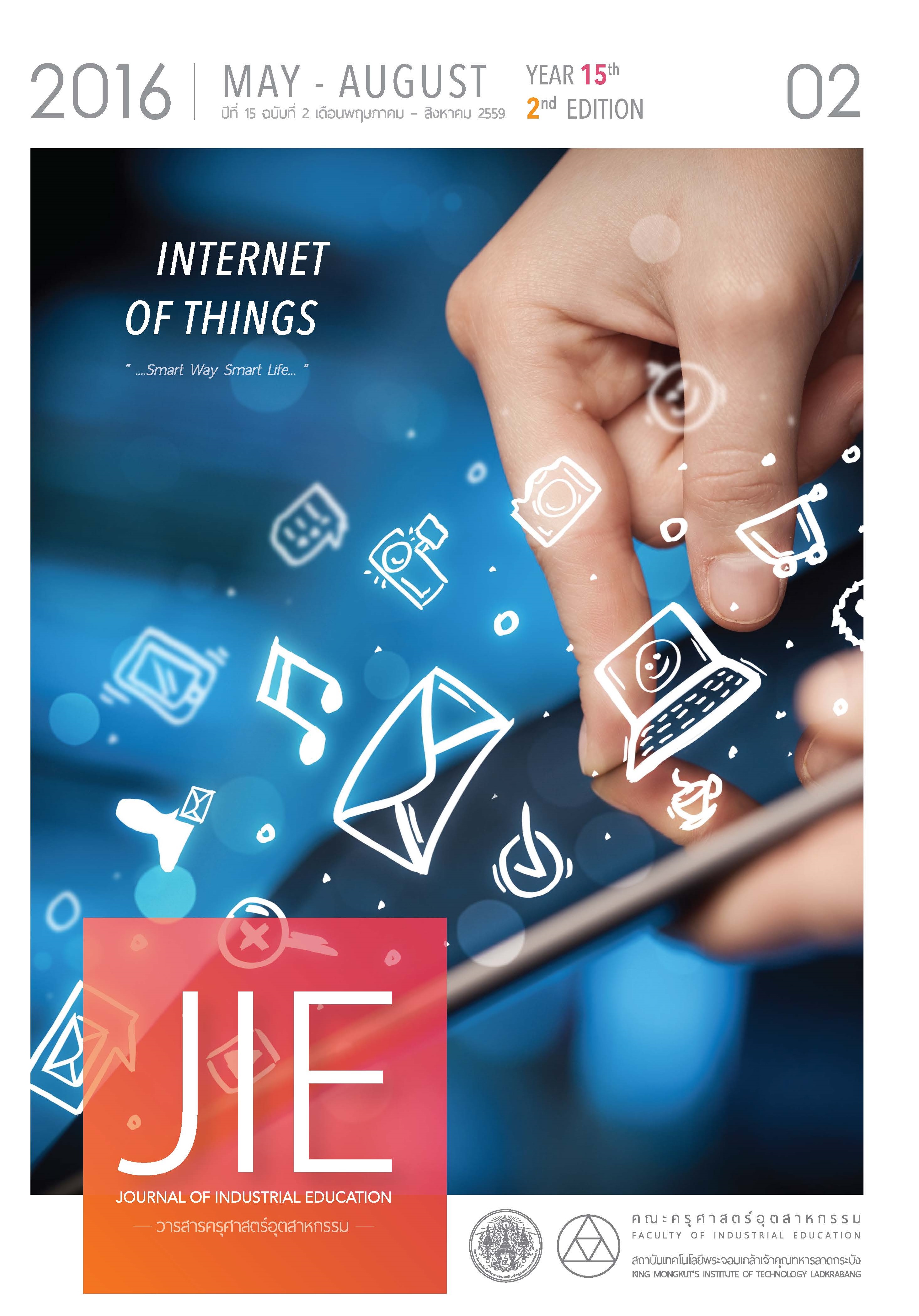DESIGN AND DEVELOPMENT OF LEARNING INNOVATION INTEGRATED PHILOSOPHY OF THE SUFFICIENCY ECONOMY MORAL AND THAI VALUES FOR BALANCE AND SUSTAINABLE DEVELOPMENT ON THE TOPIC OF HOMEGROWN VEGETABLE FOR FOURTH GRADE STUDENTS
Main Article Content
Abstract
The purposes of this study were to design and develop learning innovation integrated philosophy of the sufficiency economy moral and Thai values for balance and sustainable development. Developmental Research Type I was employed in this study; there are 3 processes: Design process, Development process and Evaluation process. The research finding found that: the learning innovation integrated philosophy of the sufficiency economy moral and Thai values for balance and sustainable development consisted of 13 essential elements as followings; 1) Problem Base 2) Learning Resources 3) Scaffolding 4) Collaborative center 5) Moderation enhancing center 6) Reasonableness enhancing center 7) Self-Immunity enhancing center 8) Thinking center 9) Moral enhancing center 10) Knowledge condition enhancing center 11) Moral condition enhancing center 12) Value creation center 13) Sufficiency economy enhancing center. It was found that the learning innovation is effective in several aspects: to enhance the learners construct their knowledge, help the learners satisfy in the learning process, provide the opportunity in learning depend on their need and encourage them to think by themselves.
Article Details
"The opinions and contents including the words in papers are responsibility by the authors."
"ข้อคิดเห็น เนื้อหา รวมทั้งการใช้ภาษาในบทความถือเป็นความรับผิดชอบของผู้เขียน"
References
[2] ณัฐทิญา แก้วพลอย. 2557. ความเชื่อมโยงของการจัดการเรียนการสอนตามแนวพุทธศาสนาและปรัชญาเศรษฐกิจพอเพียง. วารสารครุศาสตร์อุตสาหกรรม, 13(1), 188-194.
Kaewploy, N. 2014. The Relationships between Learning and Teaching by Means of Buddhist Way and Learning and Teaching by Means of Philosophy of Sufficiency Economy. Journal of Industrial Education, 13(1), p.188-194.
[3] Jonassen, D.H. & Henning, P. 1999. Mental Model: Knowledge in the head and knowledge in the world. Education Technology, 39 (3), p.37-42.
[4] Mayer, R. E. 1992. Cognition and instruction: Their historic meeting within educational psychology. Journal of Educational Psychology, 84, p.405-412.
[5] สุมาลี ชัยเจริญ. 2547. ผลการใช้สื่อบนเครือข่ายร่วมกับการเรียนแบบร่วมมือ วิชา 212 501 เทคโนโลยีการสอน ของนักศึกษาประกาศนียบัตรบัณฑิต สาขาวิชาชีพครู. วารสารนวัตกรรมการเรียนการสอน, 1(3), น.13-21.
Chaijaroen, S. 2004. The Effect of Using Web-Based Learning with Cooperative Learning in Subject 202 501 Instructional Technology of Graduate Diploma Program in Teaching Professional Students, Faculty of Education, Khon Kaen university. Journal of learning and teaching innovation, 1(3), p.13-21.
[6] Richey, R. C., & Klein, J. D. 2007. Design and development research: Methods, strategies and issues. Mahwah, NJ: Lawrence Erlbaum Associates, Publisher.
[7] ไพโรจน์ ศรีรุ่งเรือง. 2545. ความสัมพันธ์ระหว่างการจัดกิจกรรมตามโครงการเยาวชนคนดีศรีสุพรรณกับคุณธรรม จริยธรรม และค่านิยมที่พึงประสงค์ของนักเรียน. วิทยานิพนธ์ ศึกษาศาสตรมหาบัณฑิต สาขาบริหารการศึกษา มหาวิทยาลัยศิลปากร.
[8] Hannafin, M.J., Land, S., & Oliver, K. 1999. Open Learning Environments: Foundations, methods, and models. In C. Reigeluth (Ed), Instructional-design theories and models (Volume II). Mahwah, NJ: Erlbaum.
[9] สุมาลี ชัยเจริญ. 2557. การออกแบบการสอน: หลักการทฤษฎี สู่การปฏิบัติ. ขอนแก่น: โรงพิมพ์แอนนาออฟเซต.
[10] สุชาติ วัฒนชัย และคณะ. 2550. การออกแบบนวัตกรรมการเรียนรู้ที่ส่งเสริมการคิด. รายงานการวิจัย โครงการวิจัยประเภทอุดหนุนทั่วไป. ขอนแก่น:มหาวิทยาลัยขอนแก่น.

